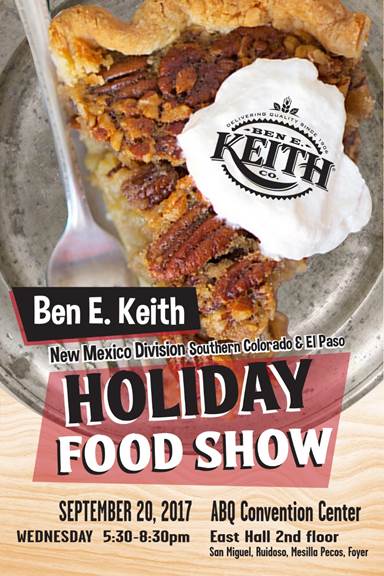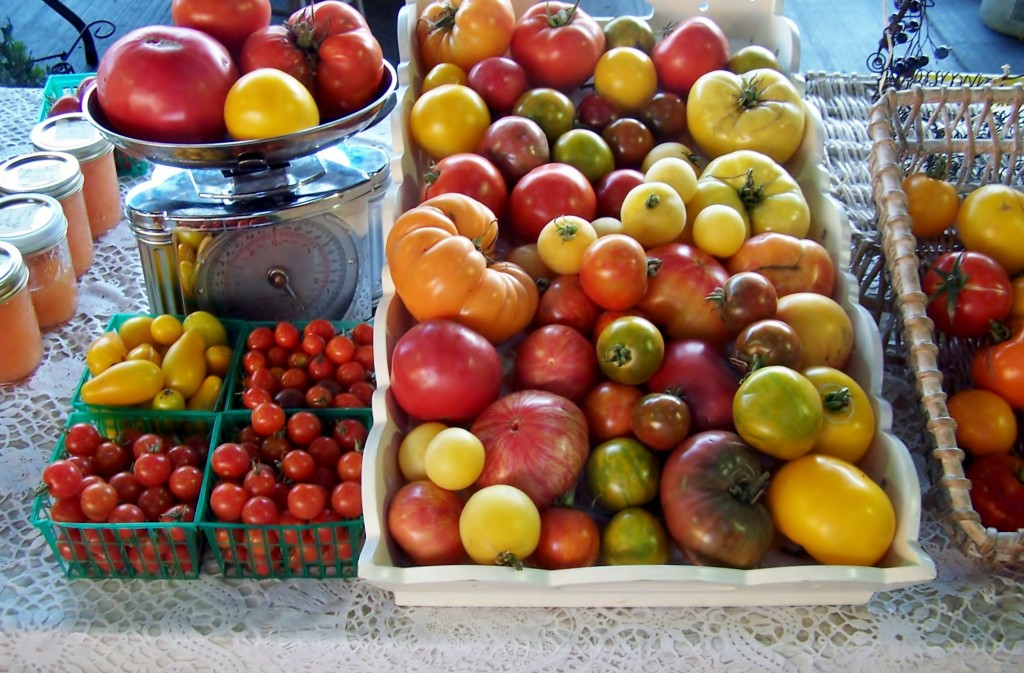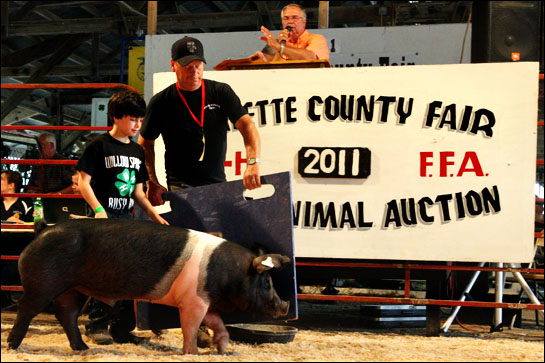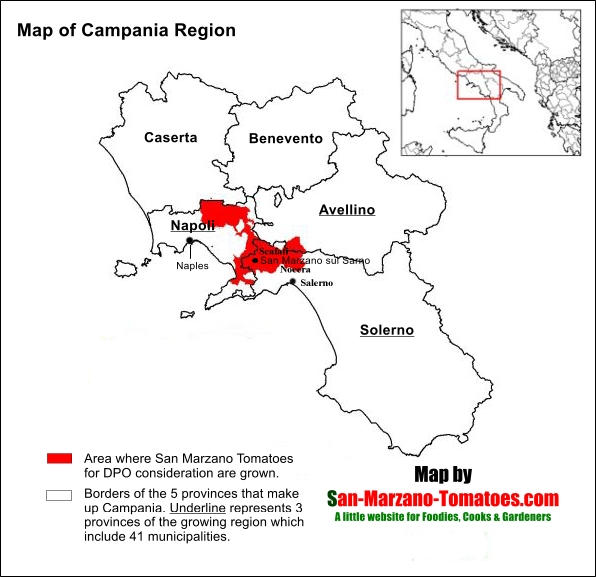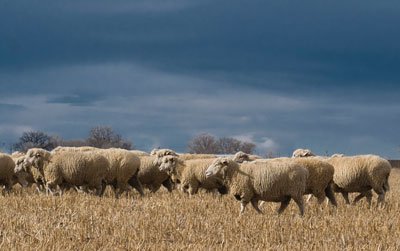I will be a Featured Chef at this year’s Ben E. Keith Holiday Food Show on September 20th at the Albuquerque Convention Center. I will be working with Tom Bertelle, the company’s expert Center-of-Plate Manager, and we will be featuring beef from JBS Swift Group’s “1855” Black Angus premium beef. I will be preparing prime rib.
I had the opportunity to sample this beef a couple of weeks ago and tasted several cuts: filet, bone-in New York, and bone-in rib-eye. All were excellent with marvelous earthy meat flavor and perfect mouth-feel. This meat stands up to just about any I have ever tasted.
“1855” sources its beef from two ranches located in my home state of Nebraska:
Wagonhammer Ranch

When you live in Wheeler County, Nebraska — where the cattle outnumber the people — you know you are in an area that understands beef.
The Waggonhammer Ranch is a family-owned and operated ranch that opened its gates in 1910. The Black Angus cattle this ranch produces are highly sought after and known to be of the highest quality. Besides the attention to detail, the toil, and the sweat, Jay Wolf, rancher-owner at Wagonhammer, believes it is something specific that helps the cattle he raises earn the reputation they do.
“This is rich cow-calf country. We’ve been blessed with great grass,” says Wolf. “We take good care of the land, and it takes good care of us.”
For more than a century, the Wagonhammer Ranch has proved that the best Angus beef starts with a strong passion and understanding for what it takes to produce it. “My father was a Rancher, his father was a Rancher and I am carrying on all that they started.”
Pawnee Springs Ranch
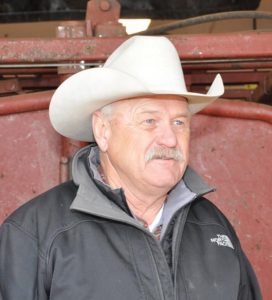
At the wheel of his pickup truck driving the perimeter of the Pawnee Springs Ranch, Ranch Manager Steve Boeshart shares his passion for producing quality Angus cattle. “Ranching is a lifestyle. It’s not a job – it’s a way of life. And it is a lot of fun.”
When you raise the exceptional cattle that come from North Platte, Nebraska, everything on the ranch must be considered.
“We run and maintain everything ourselves to make it all more usable and more cattle friendly, it seems to be our second biggest challenge,” Boeshart says. “Mother Nature is out first. Trying to figure her out is always interesting.”
Boeshart, his family, and everyone involved in the Pawnee Springs operations are always trying to build a better herd by considering everything from feed to weaning to genetics.
It is a lot of work, but one Boeshart enjoys in every aspect. “It’s getting up in the morning and doing what we do. I enjoy it all.”

These ranchers have a great respect for the industry and for their land. They raise cattle in a very humane way, free from the stress of most industrialized mega cattle ranches where most of this country’s beef is raised. The cattle are processed at a plant in Grand Island, Nebraska, just 20 miles north of where I grew up in Hastings.
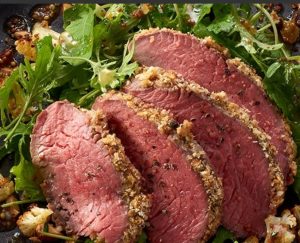 Most folks think of beef in terms of a commodity, but believe me, as a Nebraska native and chef, I know better. “1855” beef proves my point.
Most folks think of beef in terms of a commodity, but believe me, as a Nebraska native and chef, I know better. “1855” beef proves my point.
Come taste for yourself on September 20th. Stop by and say hello and sample some of the best beef you’ll ever taste.
I’m proud to be serving this beef from two of Nebraska’s hardest-working and talented ranchers. See for yourself in the video below (the default audio is off, so be sure to turn it on near the lower right corner!):
USDA Prime Black Angus Beef Foodservice & Retail | 1855 Beef


